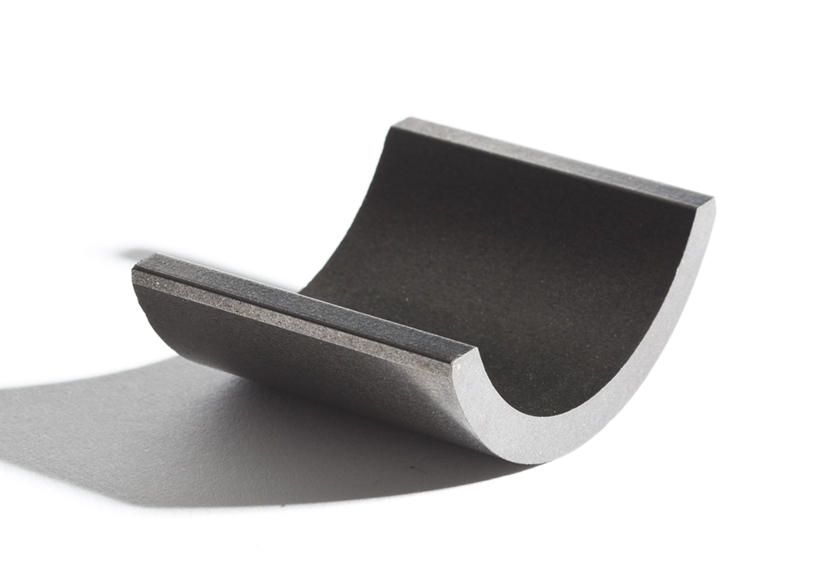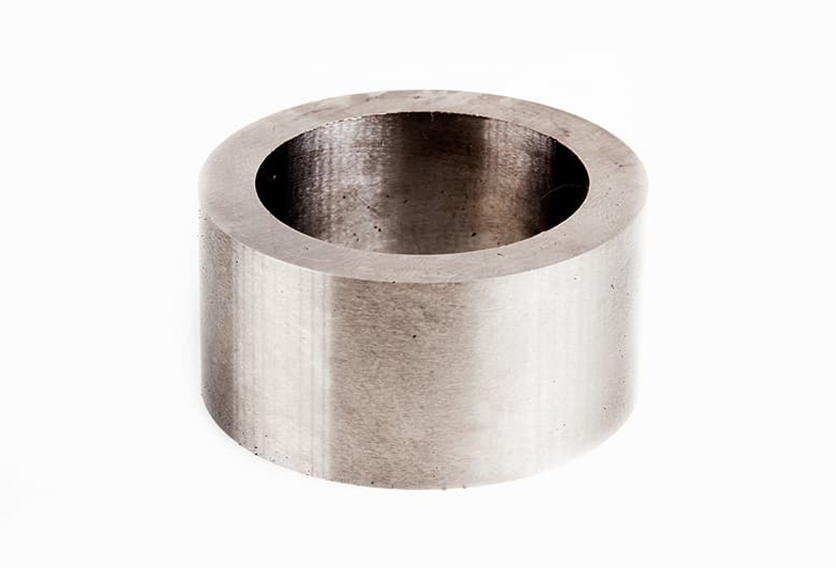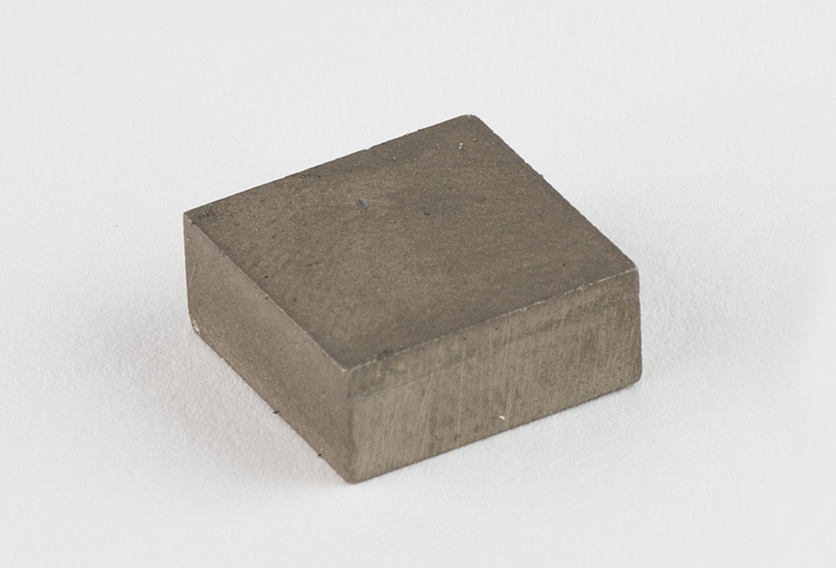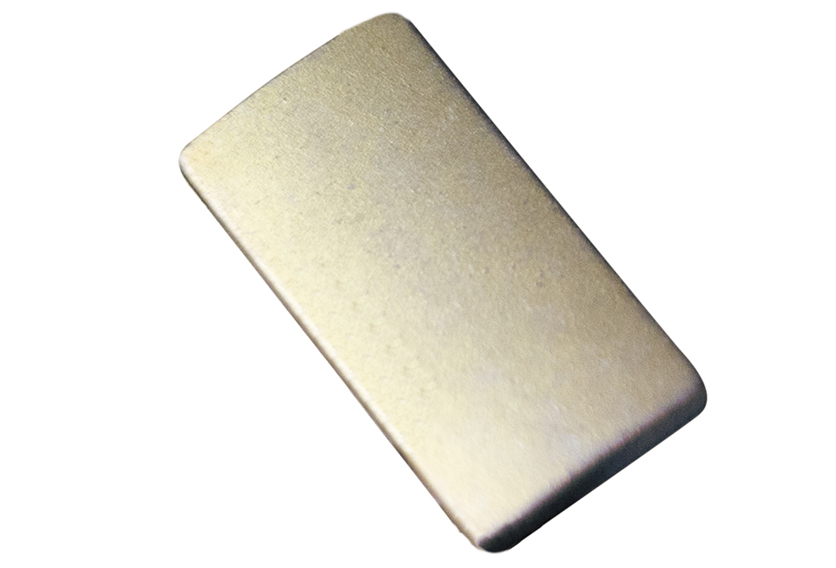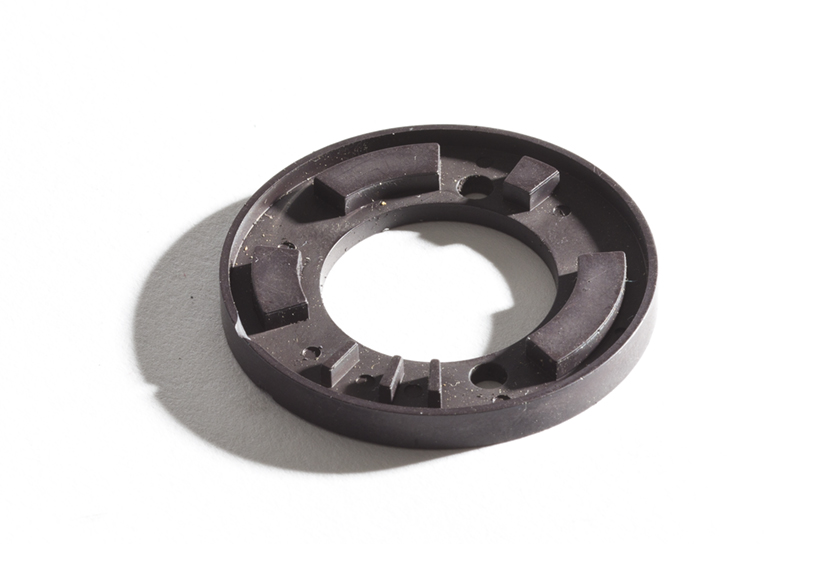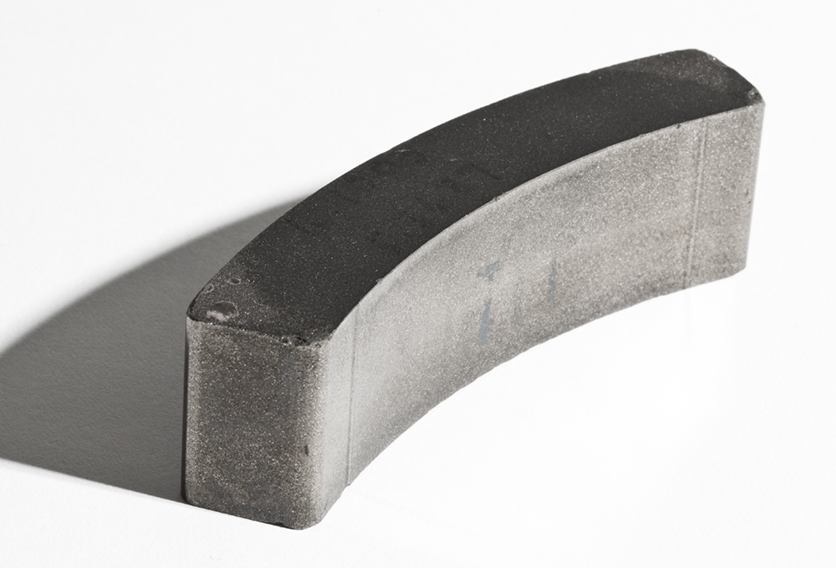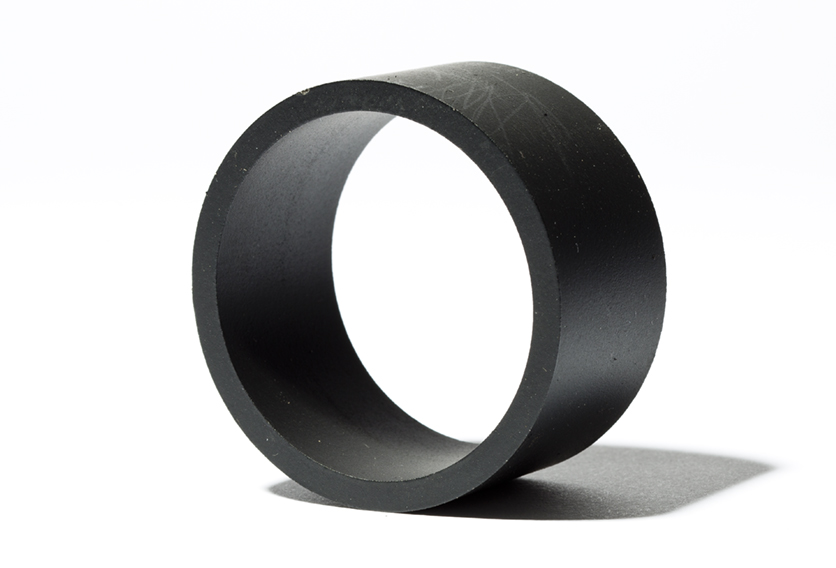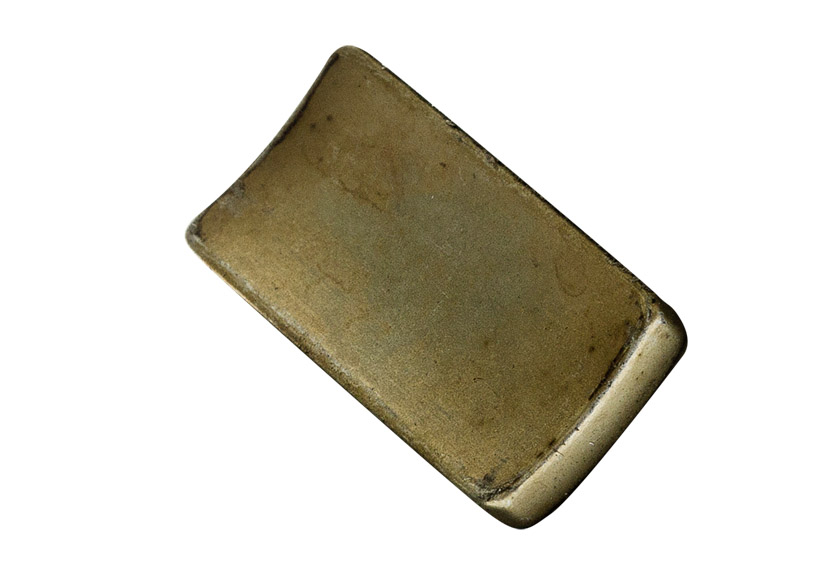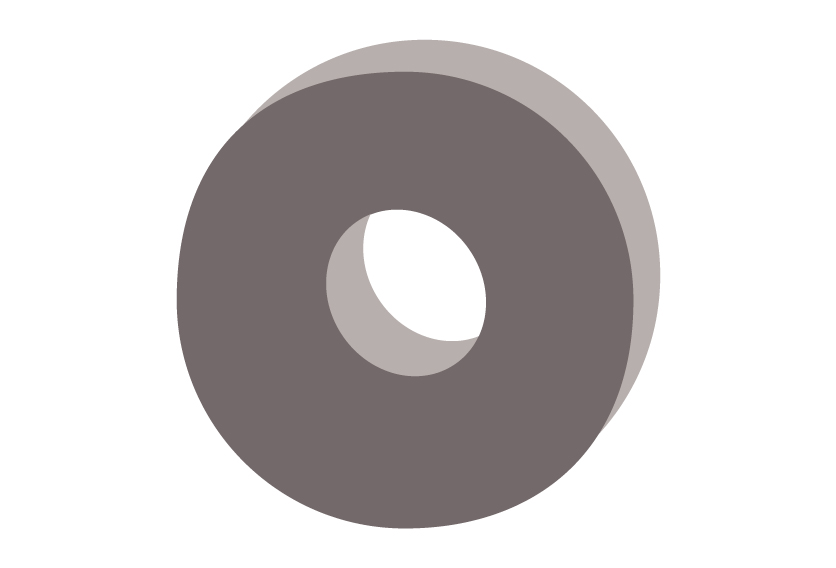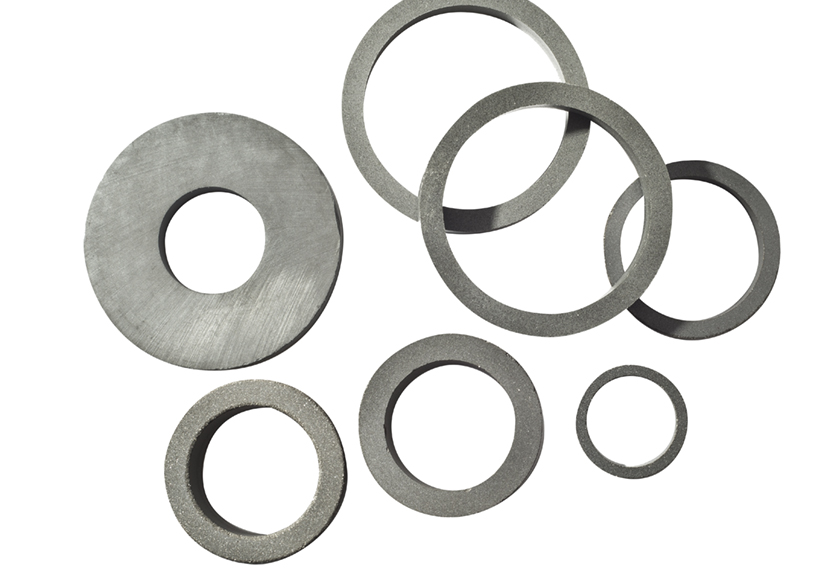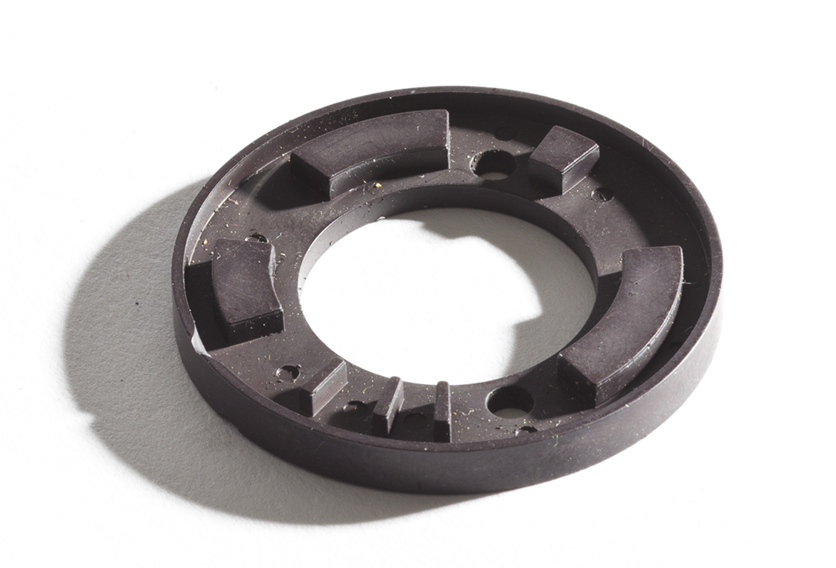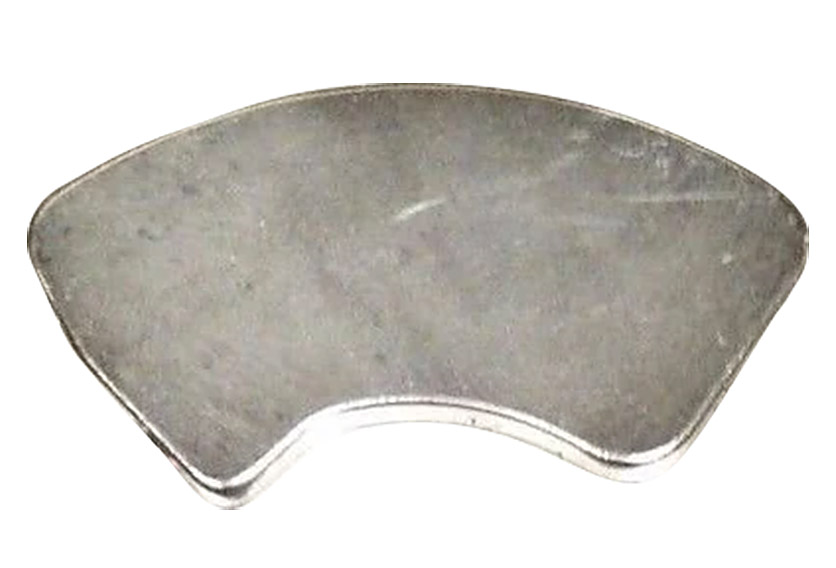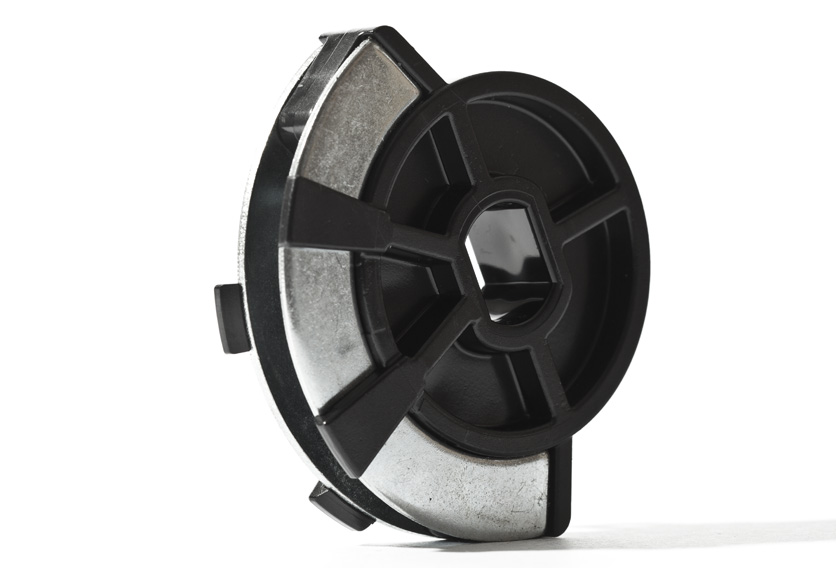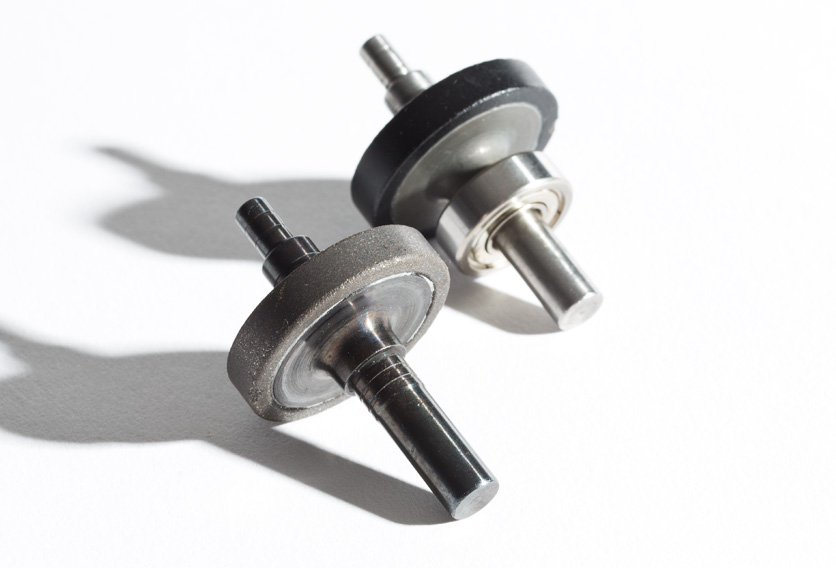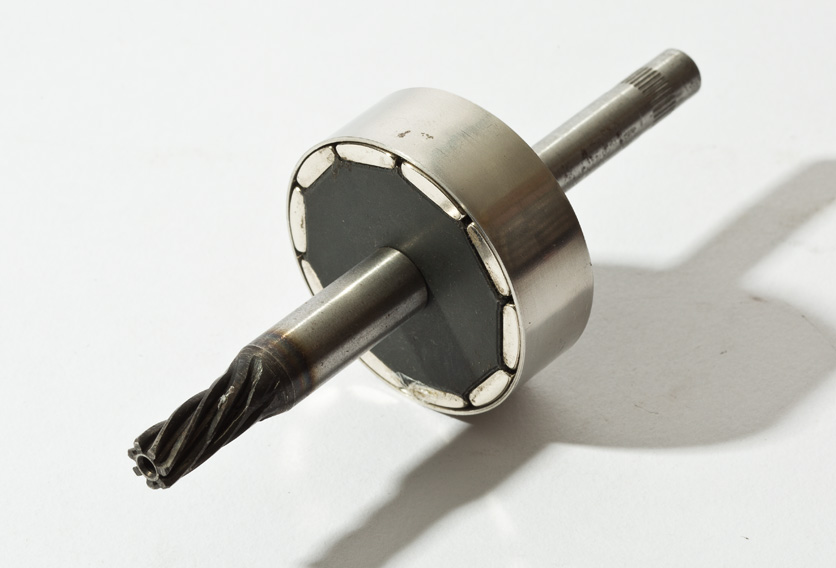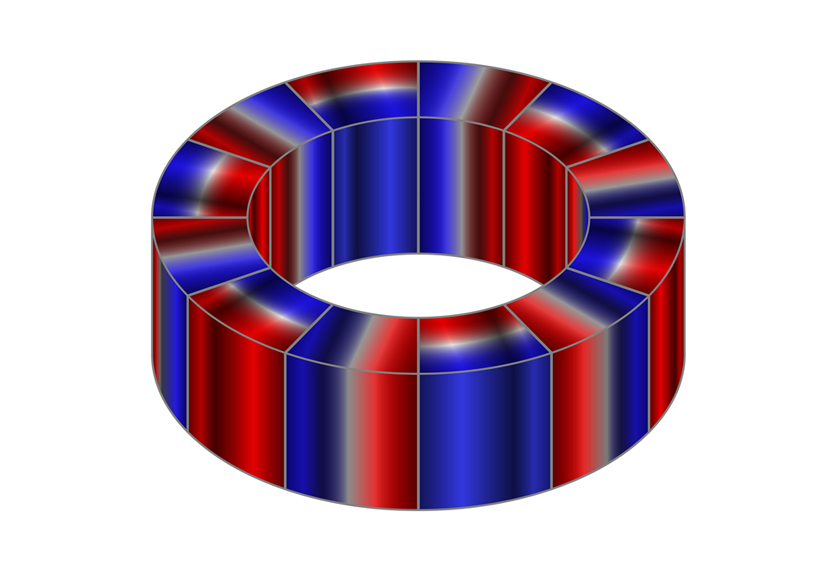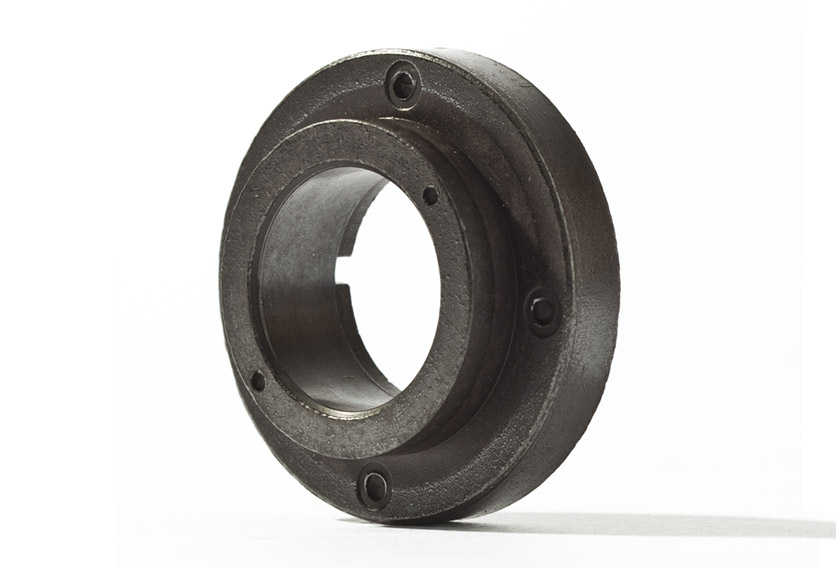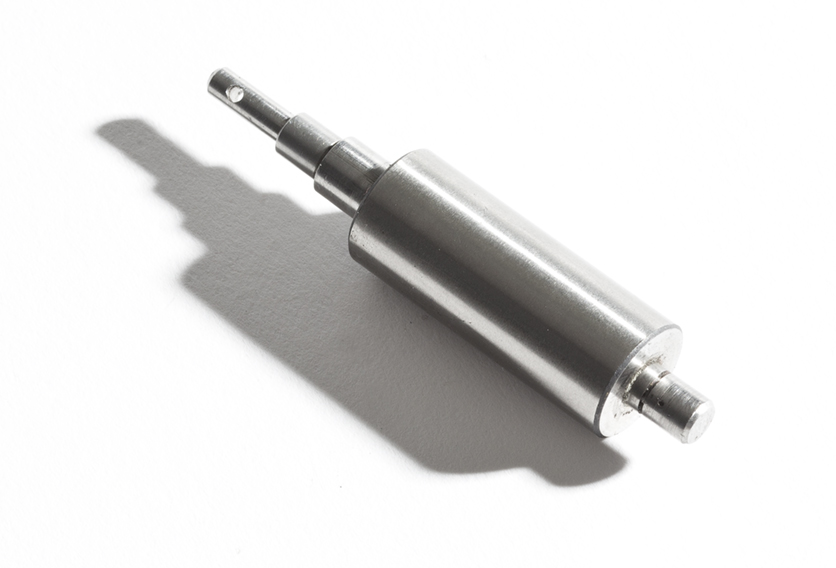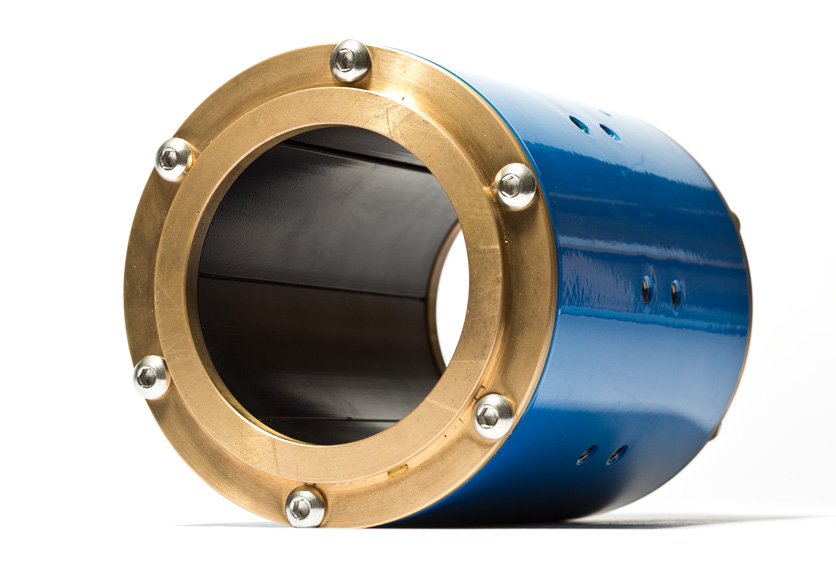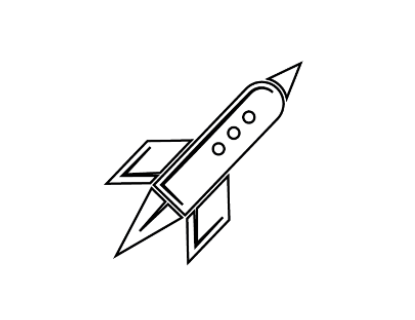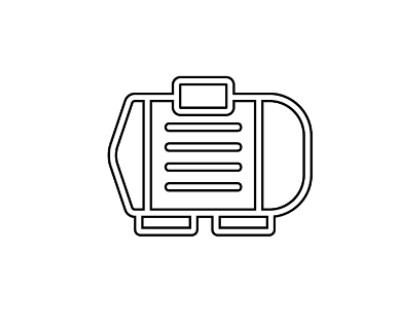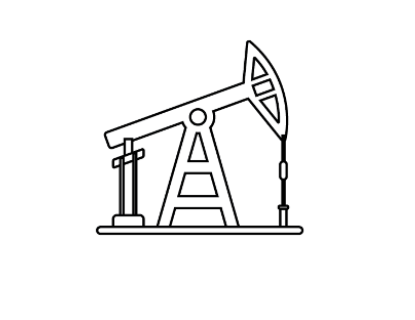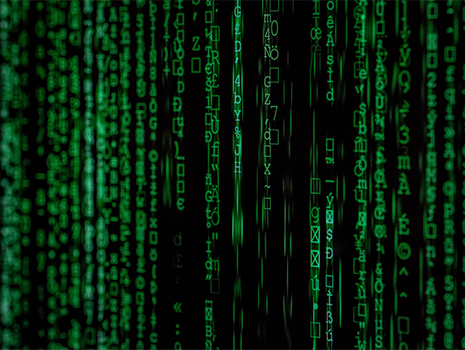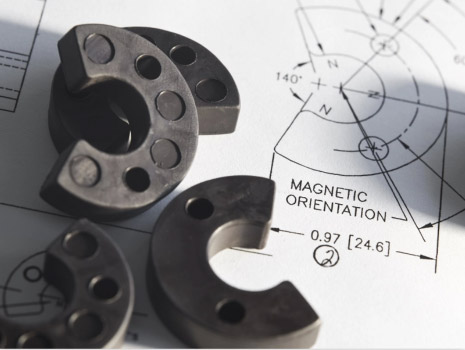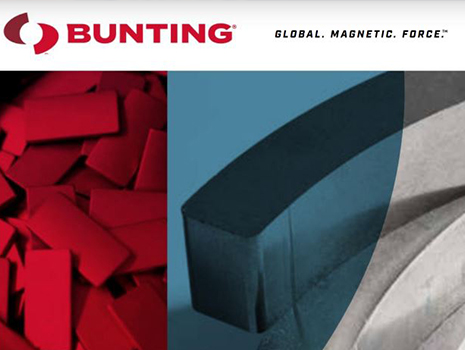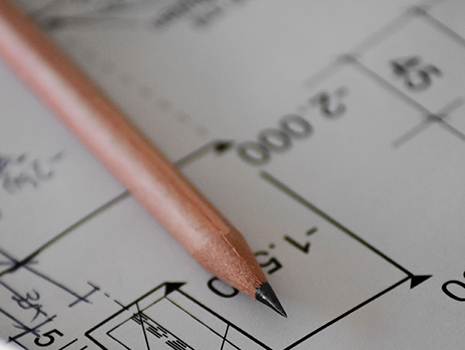

Magnetic Sensors
To meet the challenging requirements of modern sensor applications, Bunting-DuBois provides a full range of materials covering numerous product geometries, grades, and processing operations while achieving superior product quality.
Sensor Magnets
Custom Sensor Magnets for Modern Applications
Bunting offers first-hand, sensor/magnet design and industry experience in numerous industries and applications. Magnetic sensors (sensors activated by a magnetic field) are vital devices in many applications and industry segments. Their primary function is to interact with a magnetic field and convert mechanical motion or position to an electrical signal. These sensors operate with no need for contact, no physical wear or tear, and are able to work through sealed barriers with high reliability. Within a sensor, the role of the permanent magnet is to provide a magnetic field in an air gap. This field can be constant and extremely precise, or vary in magnitude and direction.
Unmatched Magnetic Sensor Engineering and Industry Experience
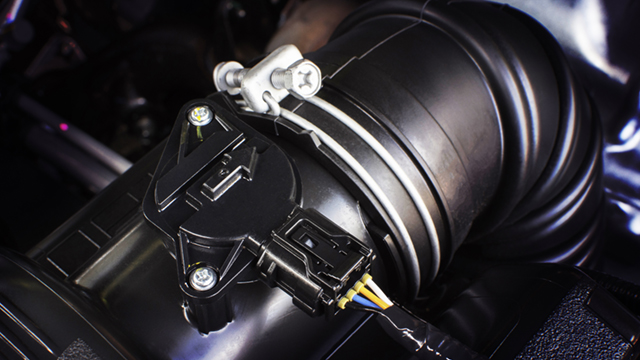
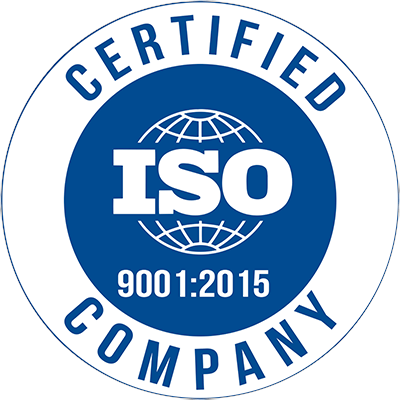
Bunting ensures your magnet needs are met the first time – even for the most critical applications
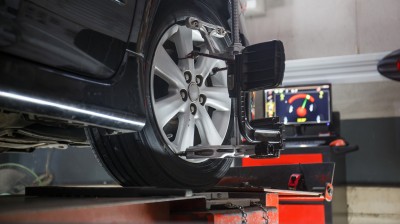
Bunting uses 2D and 3D computer modeling software to optimize the application of permanent magnets. Bunting has the ability to measure not only magnetostatic performance, but also eddy currents when speed of motion could be a factor. The design process begins with a magnet geometry defined by mechanical constraints of the application and experience. The solution is post-processed to provide both graphical as well as numerical results.
Magnetic sensors are used in a variety of industries and applications, and are commonly used to measure and sense variables such as:
- Speed
- Position
- Direction
- Proximity
- Count
- Field Strength
- Rotation Angle
- Alignment
In order to meet the challenging requirements of modern sensor applications, Bunting can provide a full range of materials covering numerous products.
Bunting uses 2D and 3D computer modeling software to optimize the application of permanent magnets. Bunting has the ability to measure not only magnetostatic performance, but also eddy currents when speed of motion could be a factor. The design process begins with a magnet geometry defined by mechanical constraints of the application and experience. The solution is post-processed to provide both graphical as well as numerical results.
Magnetic sensors are used in a variety of industries and applications, and are commonly used to measure and sense variables such as:
- Speed
- Position
- Direction
- Proximity
- Count
- Field Strength
- Rotation Angle
- Alignment
In order to meet the challenging requirements of modern sensor applications, Bunting can provide a full range of materials covering numerous product geometries, grades, and processing operations while achieving superior product quality.
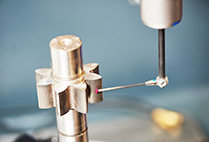
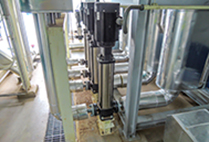

FAQs for sensor magnets
What is a magnetic sensor?
A magnetic sensor is a device that is designed to detect and measure magnetic fields. Magnetic fields are generated by objects with a magnetic property, such as magnets or electric currents. Magnetic sensors are used in a wide range of applications to detect changes in magnetic fields and convert them into electrical signals that can be processed and used for various purposes.
What are frequently used types of permanent magnets for sensor applications?
The most common types of permanent magnets used in sensors are sintered samarium cobalt, sintered neodymium iron boron, and bonded magnets of various types. All permanent magnet materials that Bunting offers for implementation in our sensors are versatile and feature a wide range of characteristics to meet a myriad of application requirements. The optimum type of permanent magnet for a given sensor design depends on many factors, including:
- Maximum Energy Product (BH)max
- Demagnetization curve shape
- Remanence, Br
- Recoil permeability
- Resistance to demagnetization (HcJ)
- Corrosion resistance
- Usable temperature range
- Physical strength
- Magnetizing field requirement
- Electrical resistivity
- Magnetization change with temperature
- Available sizes, shapes, and manufacturability
- Raw material cost and availability
- Reach out or gap distance
When determining the ideal magnet for your application, our engineers help you select the best magnet first in terms of cost-efficiency, grade, and optimized geometry. Our engineering team then goes on to analyze your environmental factors including temperature and humidity; mechanical requirements such as vibration, air gap, tolerances, and electrical conductivity; and your magnetic field strength, orientation, and number of poles required by your sensing IC.
What are common requirements for magnetic sensors in critical applications?
- High sensitivity
- Selectivity
- Environmental resistance
- Reliability
- Resistance against overload and vandalism
- Self-adaptability and self-testing features
- Size, weight, and power consumption
Custom Magnetic Products
Bunting-DuBois is your total magnet solution provider. We can supply any magnet material or magnetic assembly for your project. If it requires a permanent magnet, then we can do it!
Custom Magnets
Custom Magnet Assemblies
Expertise at Every Step of the Process
At Bunting, we engineer a custom magnet to fit your specific needs. We combine ingenuity, our deep expertise and our dedicated range of equipment in order to deliver you the exact product you need with no sacrifice to quality design and engineering.
What You Can Expect From Bunting
- 2D and 3D magnetic modeling of your design
- Rapid prototyping of designs
- Capacity to manufacture magnets + magnetic assemblies in any quantity
- Extensive quality checks of product
- On-time delivery

